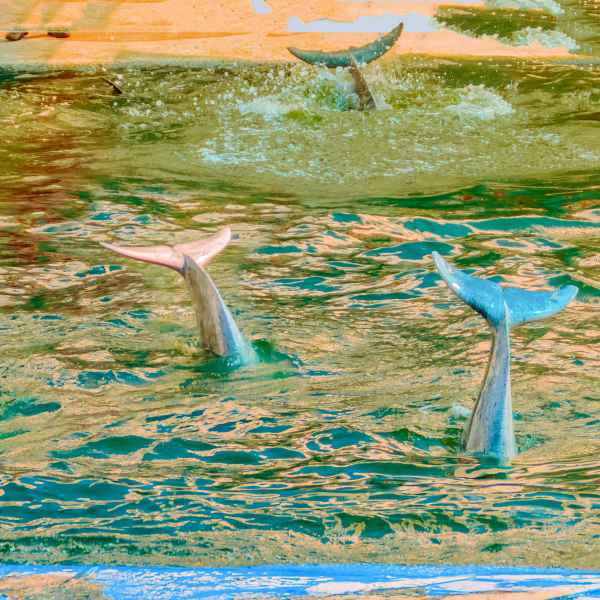カテゴリ
- アクショニズム
- インダストリアル
- ハーシュノイズ
- パワーエレクトロニクス
- 電子音響ノイズ
- 戦闘系
- ディストピア
- 暗黒系
- シンセ
- スカム
- クラブ系->
- 深海系
- スペースエイジ / ラウンジ
- アンビエント
- ピアノ
- ロック->
- 現代音楽->
- ダダ / フルクサス
- スポークン・ワード / 音響詩
- サウンドアート
- ビデオアート
- コラージュ
- 実験ターンテーブリスト
- フィールド録音
- 自作楽器
- ドローン / ダークアンビエント
- 即興
- フリージャズ
- ジャズ
- レア・シェラック
- 日本人->
- |_ ジャズ
- |_ ノイズミュージック
- |_ 即興
- |_ ロック
- |_ 現代音楽
- |_ クラブ系
- 日本の伝統音楽
- 民族
- 雨の日系
- 本、雑誌
- 中古->
- グッズ
- 新着商品...
- おすすめ商品...
- 全商品...
インフォメーション
重要なリンク
新着商品 [詳細]

空間現代 : Tracks
2,420円
Copyright © 2025 parallax records

